Trg Republike 4, Sombor, 25100
Trg Republike 4, Sombor, 25100
Visit the Sombor City Museum — the only complex museum in the West Bačka region with about 1,000 museum exhibits displayed in a permanent setting
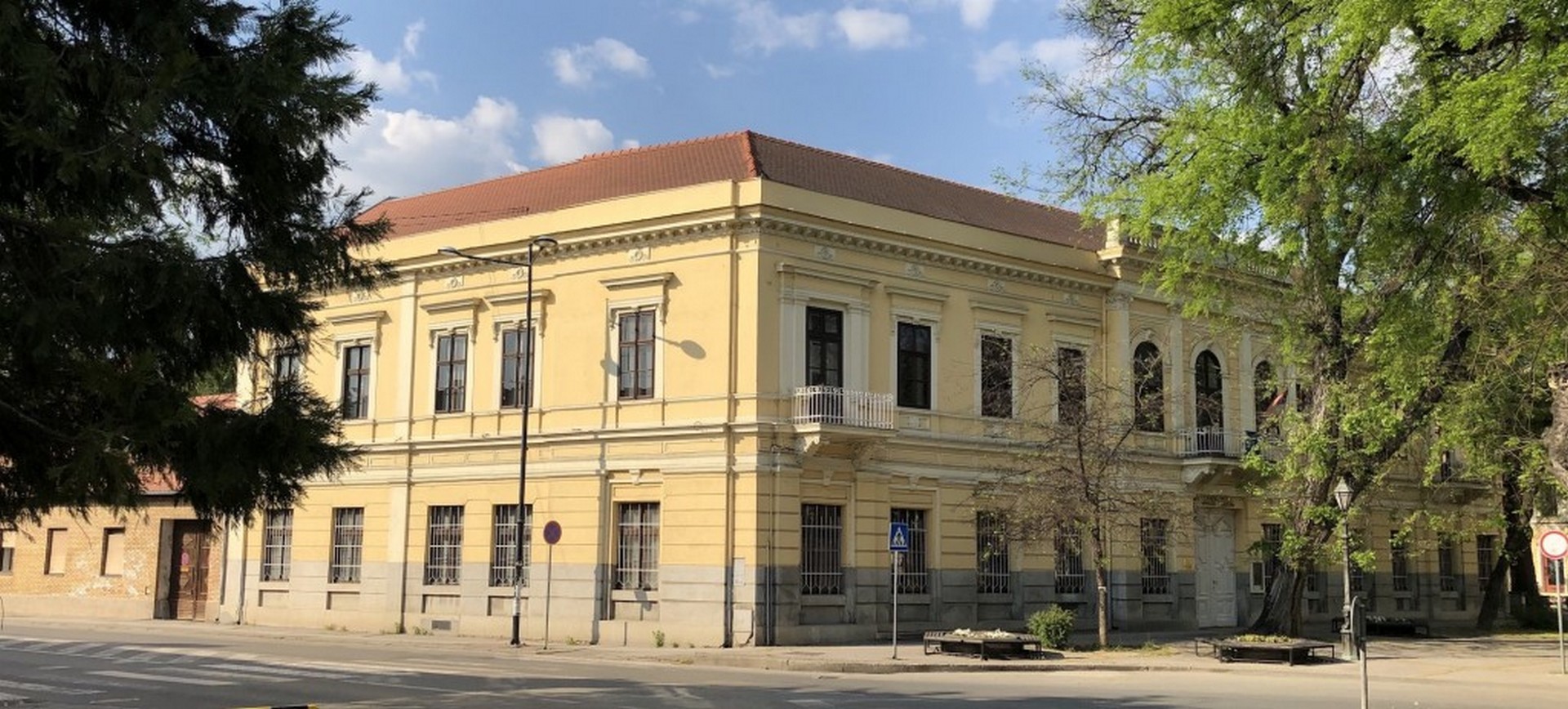 © G.Muzej Sombor
© G.Muzej Sombor
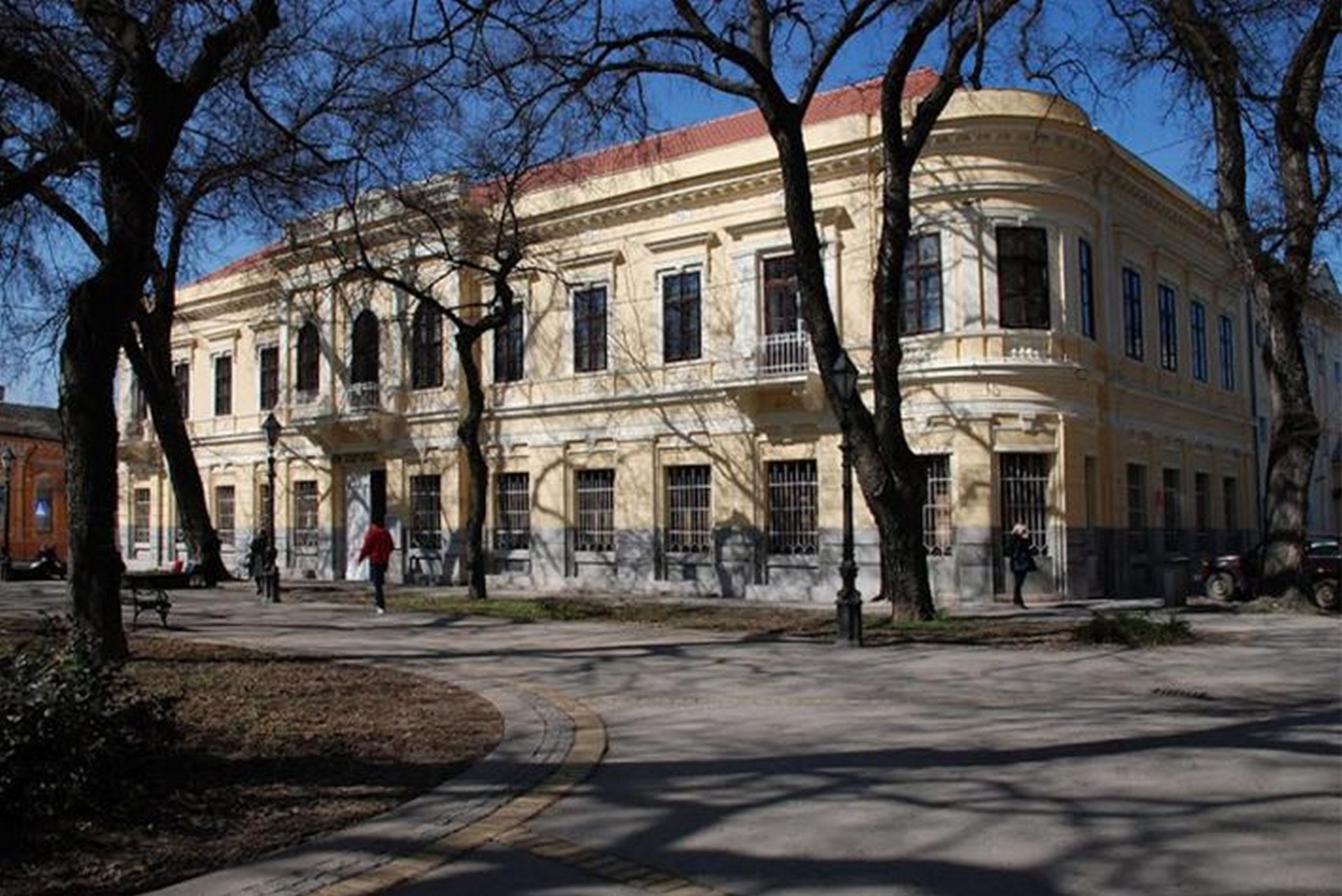 © G.Muzej Sombor
© G.Muzej Sombor
Welcome to the City Museum of Sombor, a proud guardian of and witness to the long tradition, history, and culture of this area The founding assembly of the Historical Society of Bács-Bodrog County was held on May 11, 1883. That date is also recognised as the unofficial beginning of the...
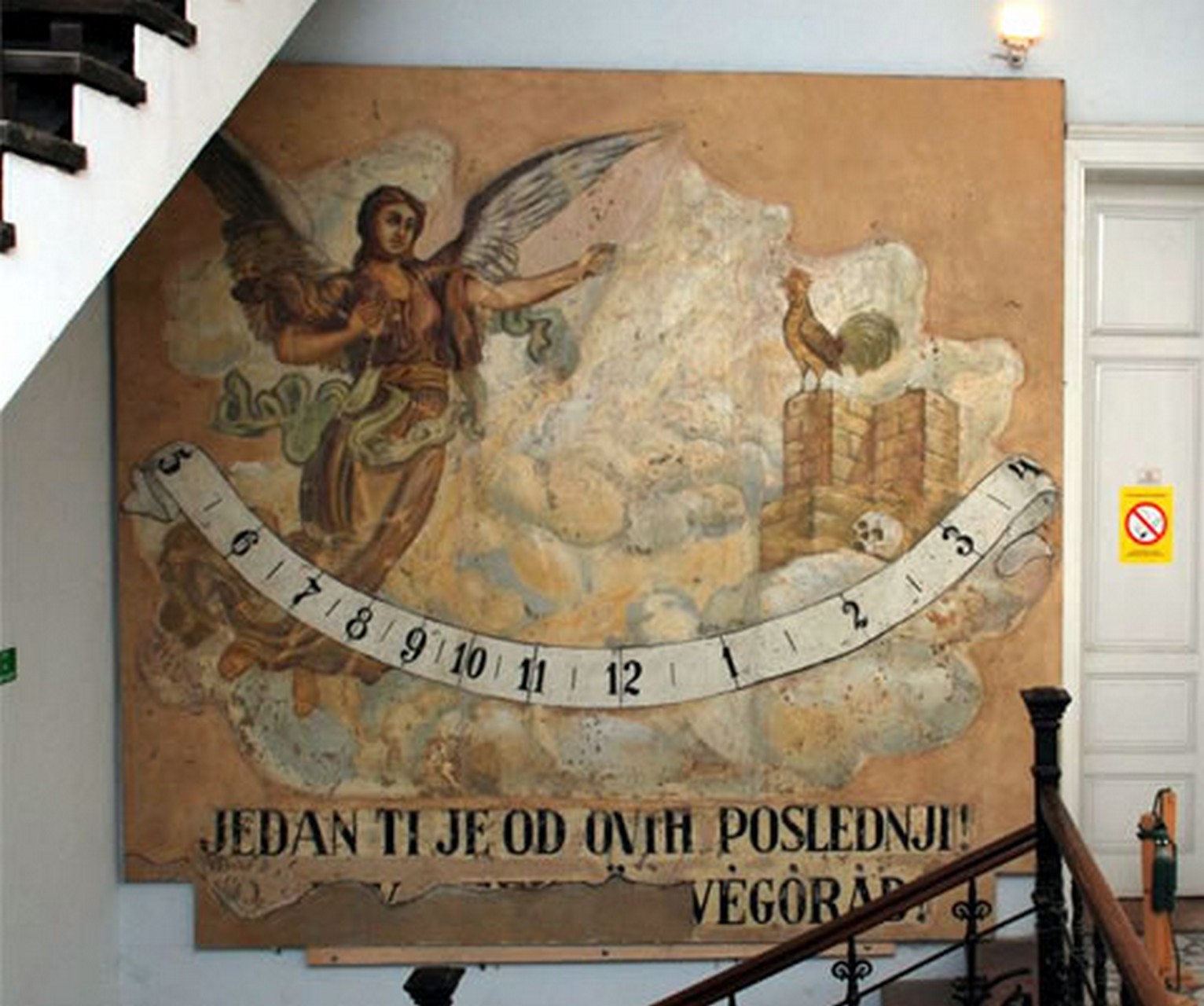 © G.Muzej Sombor
© G.Muzej Sombor
The sundial was painted around 1850 on the wall of a former Franciscan monastery by Professor Jovan Čokor from Sombor He wanted to leave a permanent mark in the city, but also to take revenge on his fellow citizens who had banished him. He left a sarcastic message in Serbian...
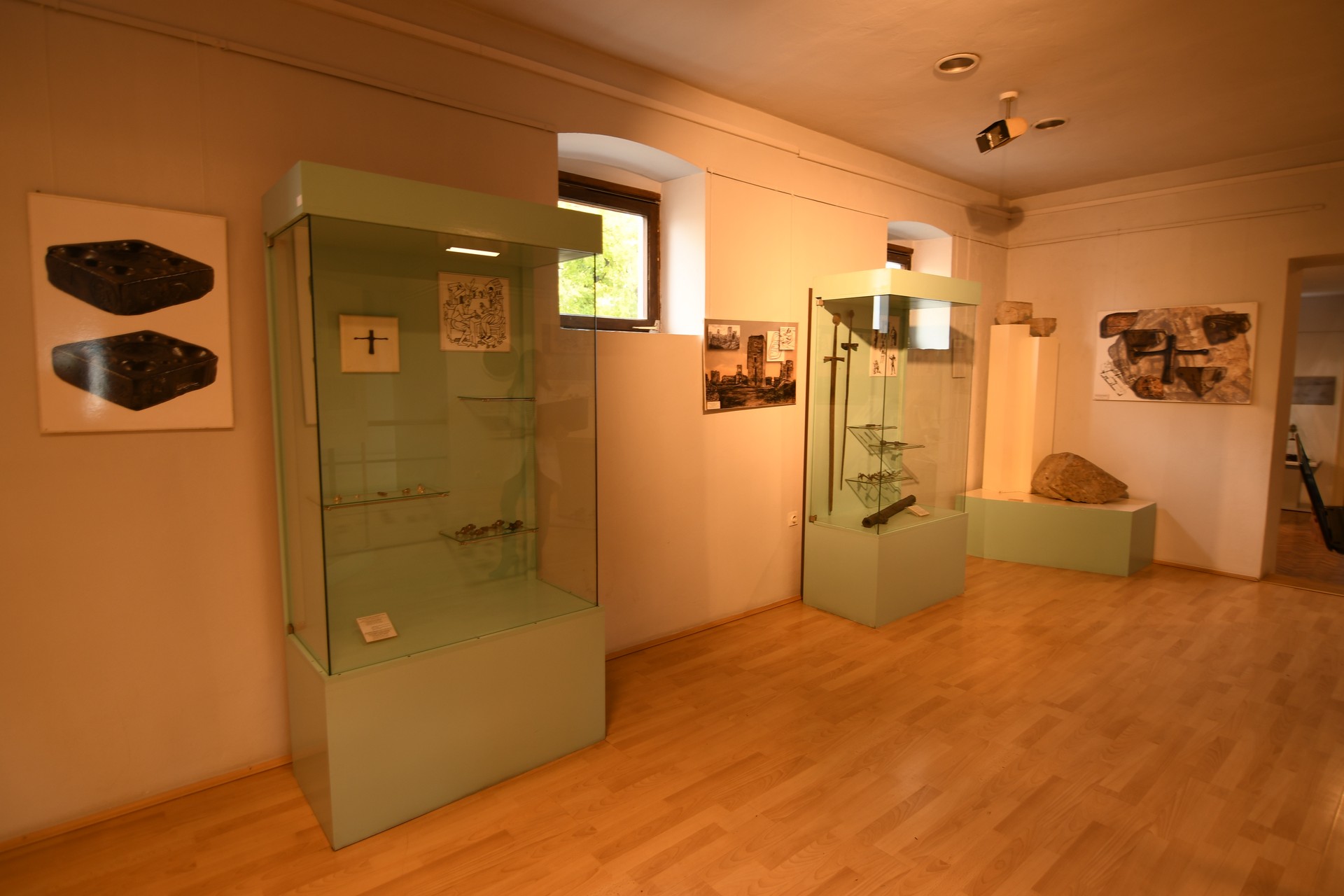 © G.Muzej Sombor
© G.Muzej Sombor
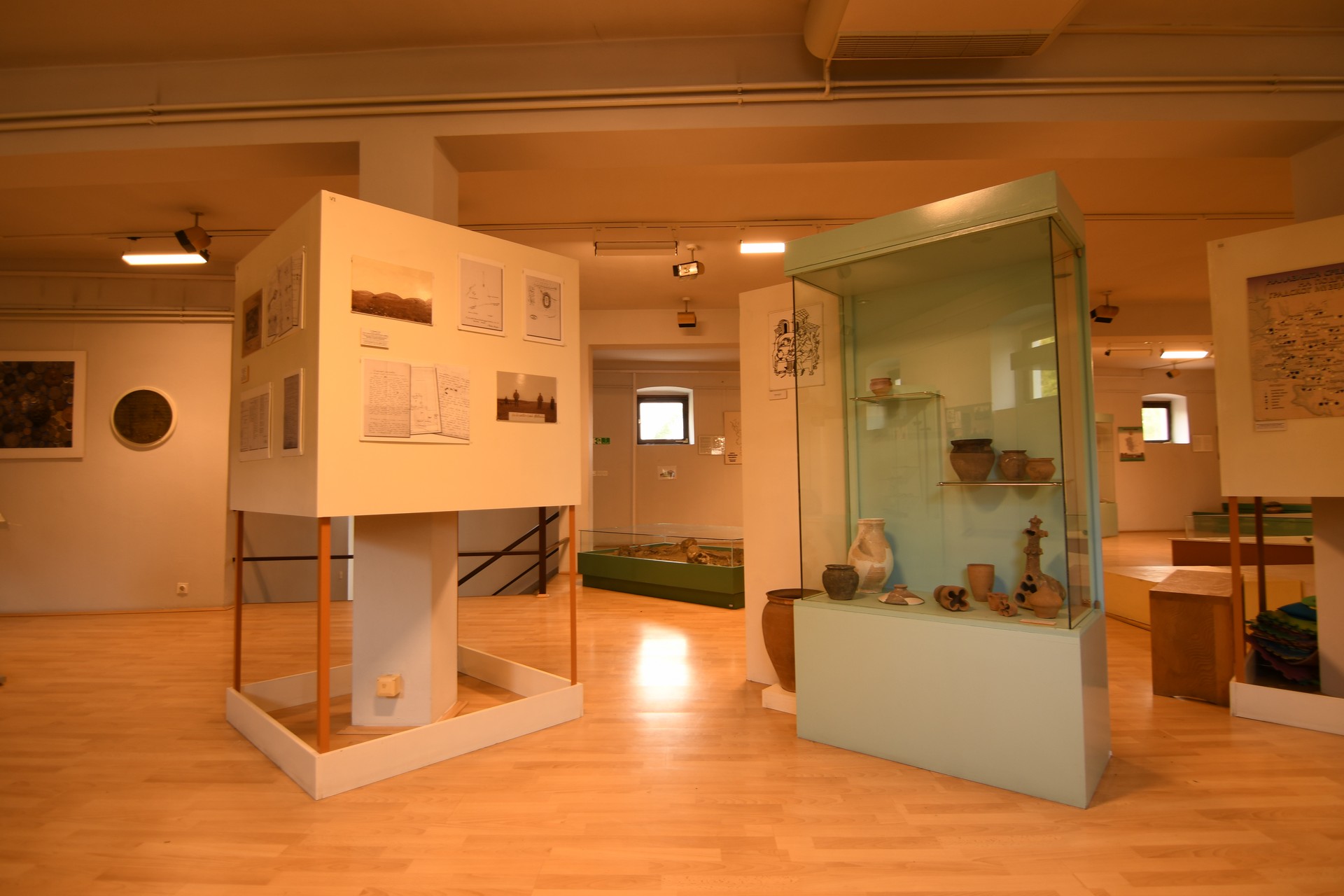 © G.Muzej Sombor
© G.Muzej Sombor
 © G.Muzej Sombor
© G.Muzej Sombor
Archaeological and osteological materials are preserved in the museum’s prehistoric collection. They attest to the continuous thriving of life since the Mesolithic, including the formation of the region’s oldest agricultural culture called the Starčevo culture The fragments of human skulls from the Neolithic site Magareci Mlin corresponds to the Mesolithic...
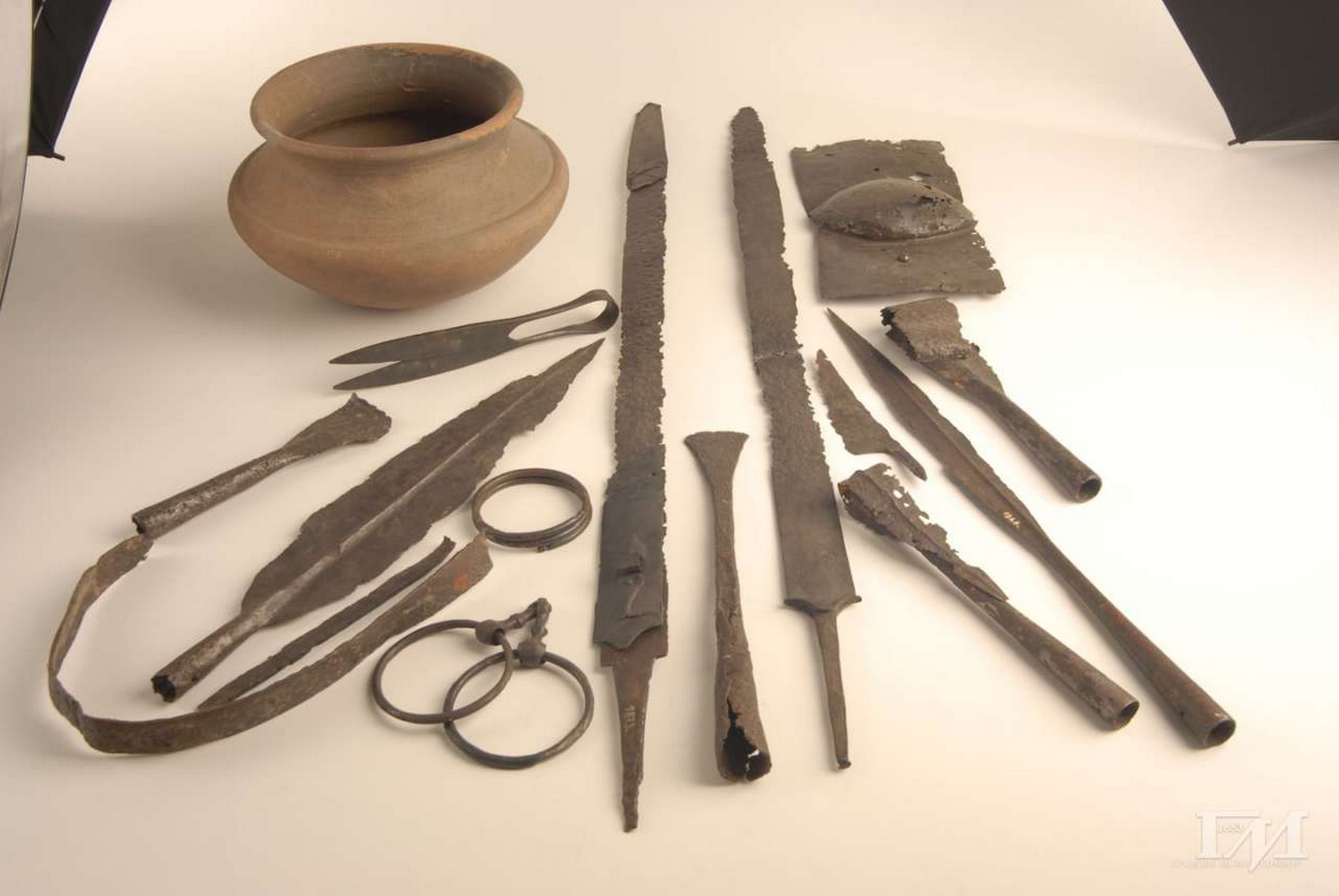 © G.Muzej Sombor
© G.Muzej Sombor
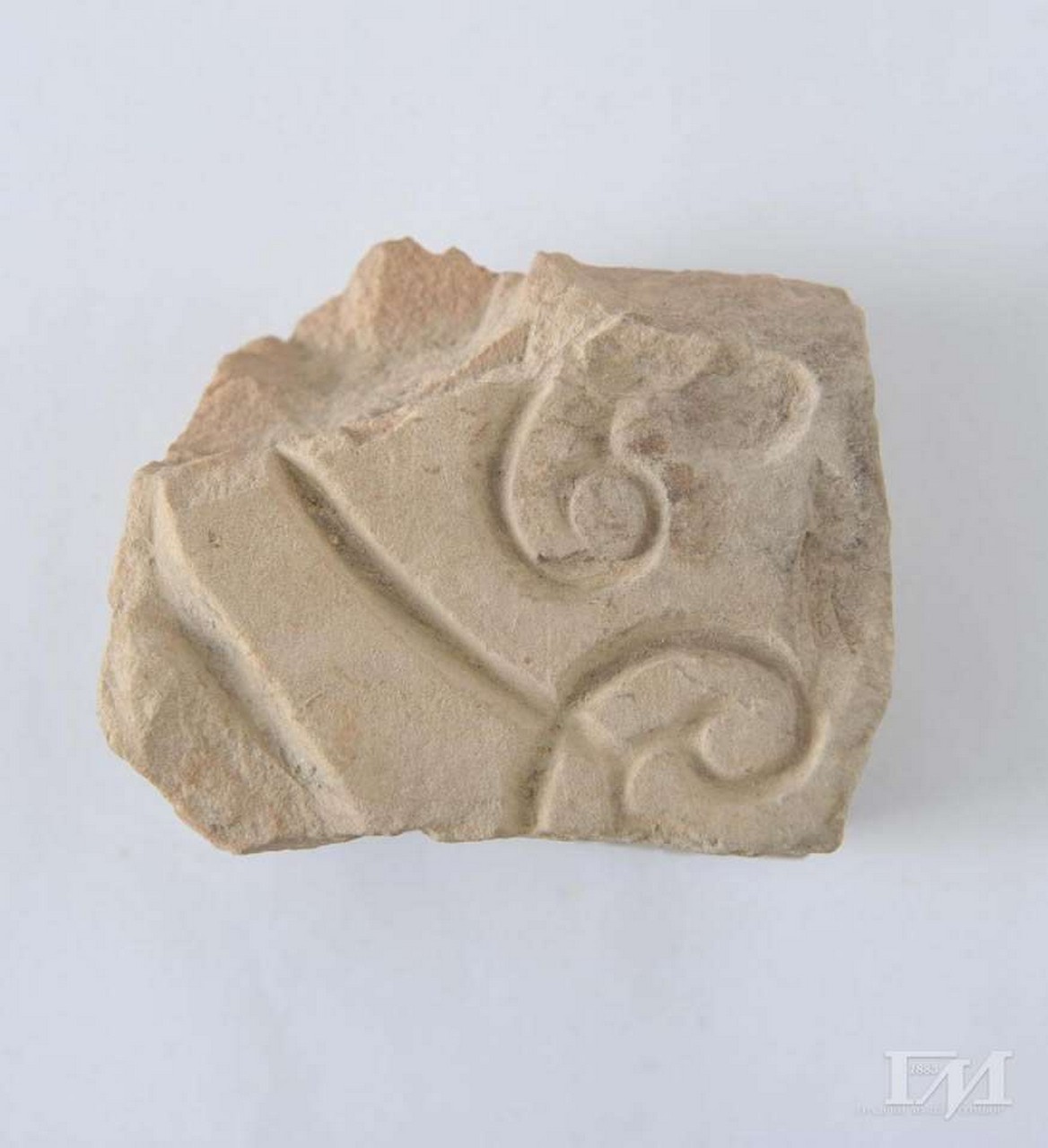 © G.Muzej Sombor
© G.Muzej Sombor
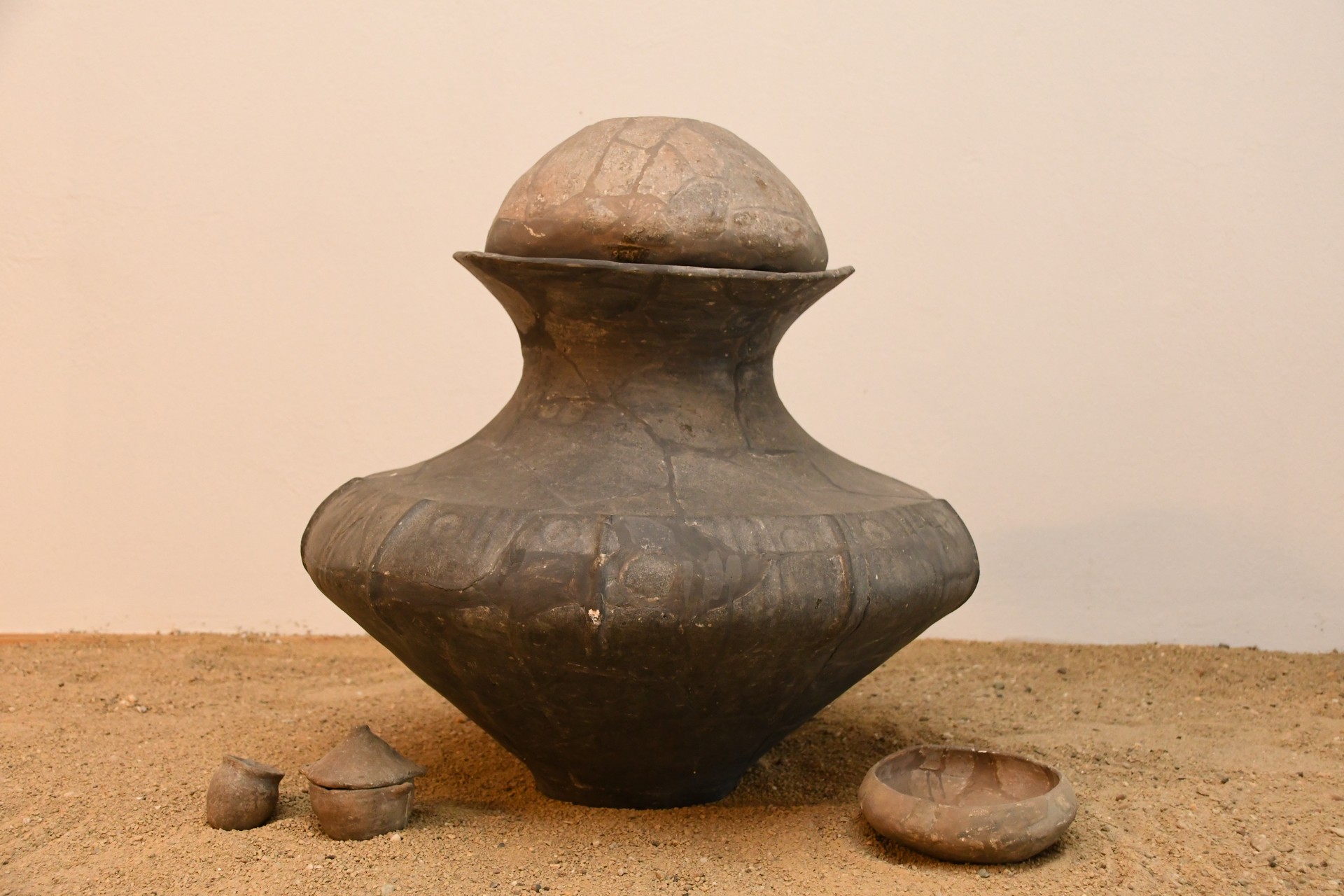 © G.Muzej Sombor
© G.Muzej Sombor
The cultures of the Bronze Age are characterised by richly decorated ceramics, expressed in various shapes and ornaments The recent discovery of moulds used for the production of jewellery and tools undeniably testifies to some kind of metal processing and production of metal objects in the vicinity of Sombor during...
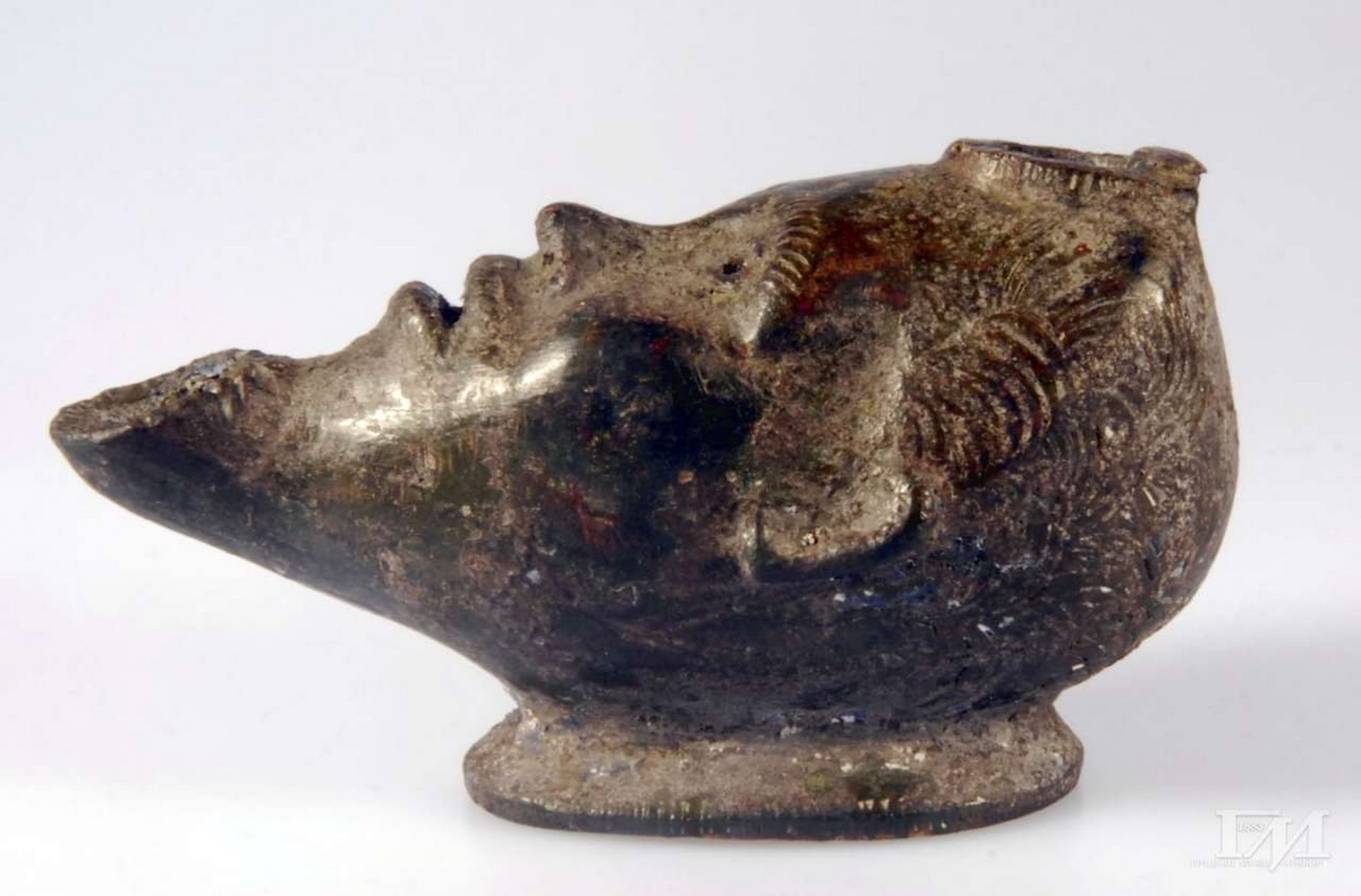 © G.Muzej Sombor
© G.Muzej Sombor
 © G.Muzej Sombor
© G.Muzej Sombor
The territory of today’s Bačka and Banat regions was inhabited by various Sarmatian tribes between the first and fourth century. With the arrival of the Sarmatians, a population of Iranian and South Russian origin, significant ethnic and economic changes took place Roman-Sarmatian relations were volatile and ranged from frequent wars...
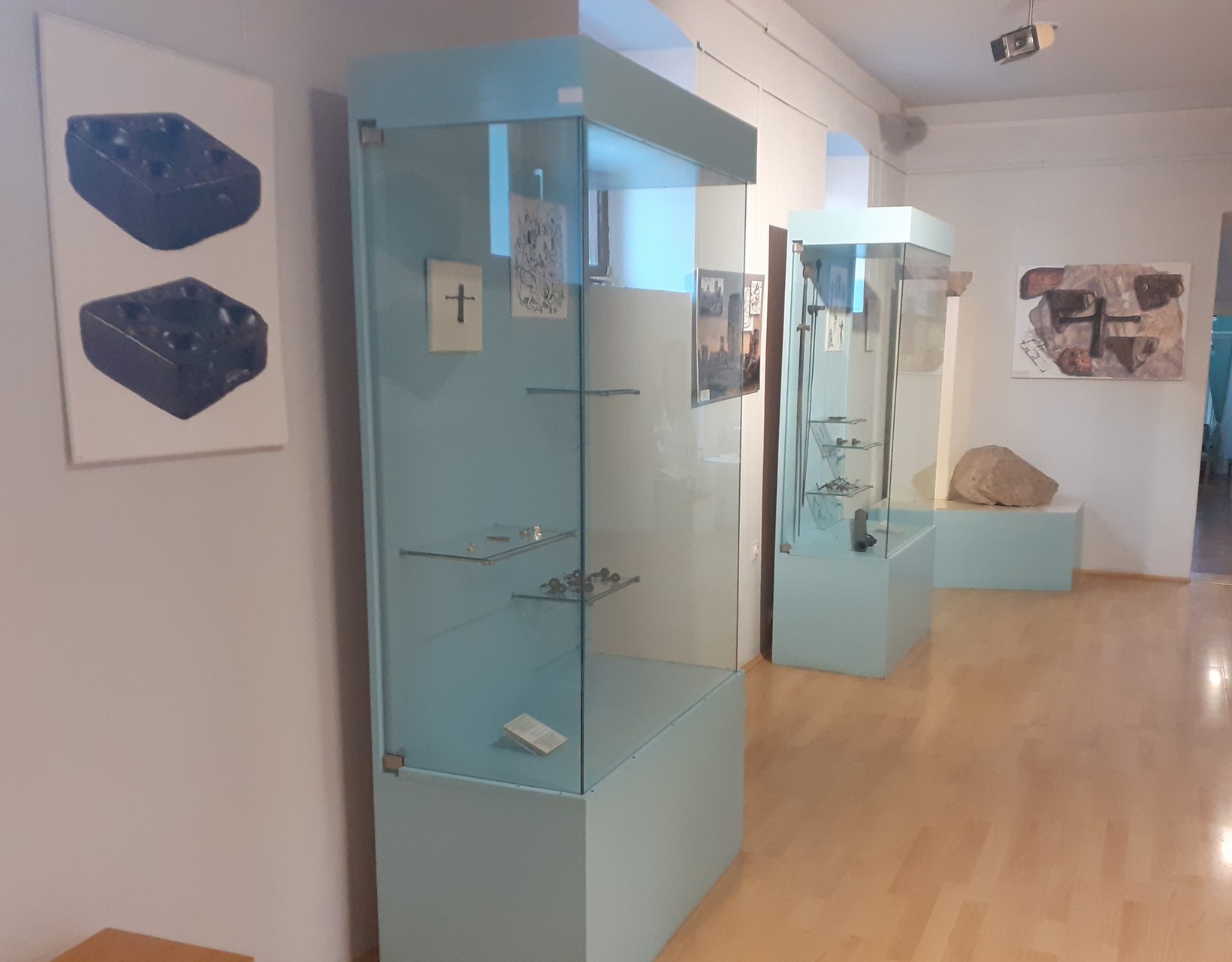 © G.Muzej Sombor
© G.Muzej Sombor
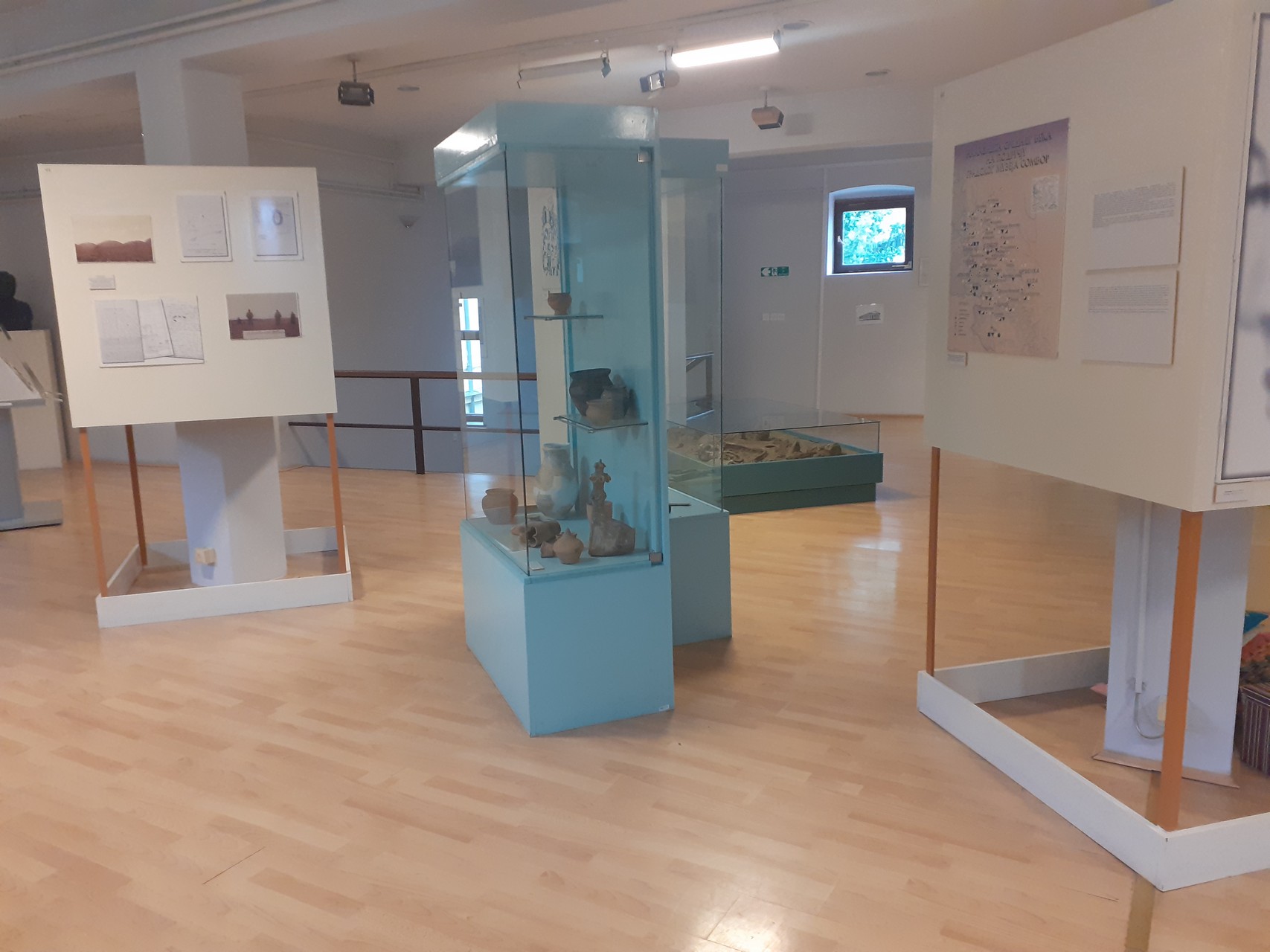 © G.Muzej Sombor
© G.Muzej Sombor
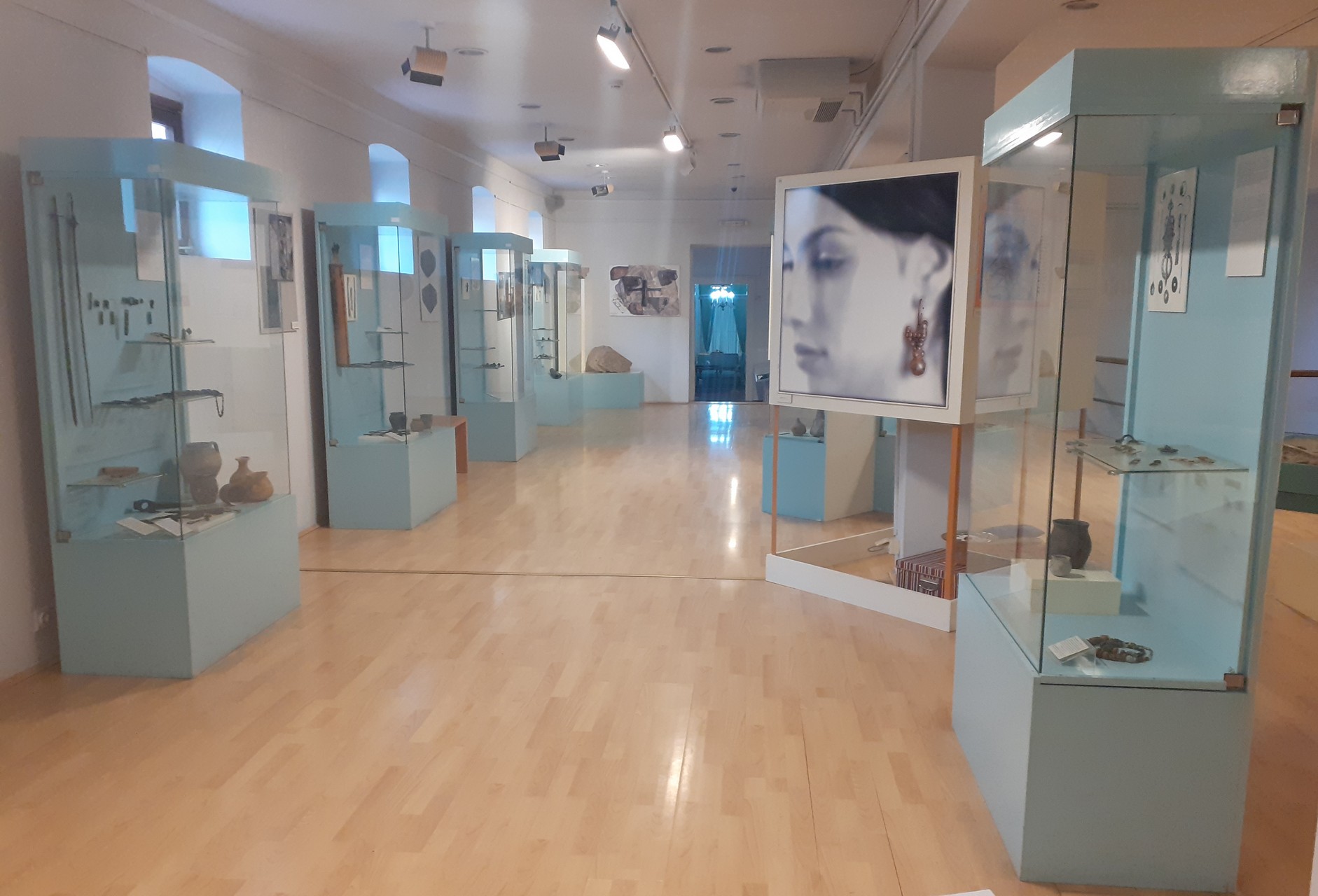 © G.Muzej Sombor
© G.Muzej Sombor
The oldest objects in this part of the museum’s exhibition are those that belong to what’s known as the migration period. These objects followed the movements and migrations of numerous tribes inhabiting the Carpathian Valley and the shores of the Black Sea, under pressure from the Huns in the 370...
 © G.Muzej Sombor
© G.Muzej Sombor
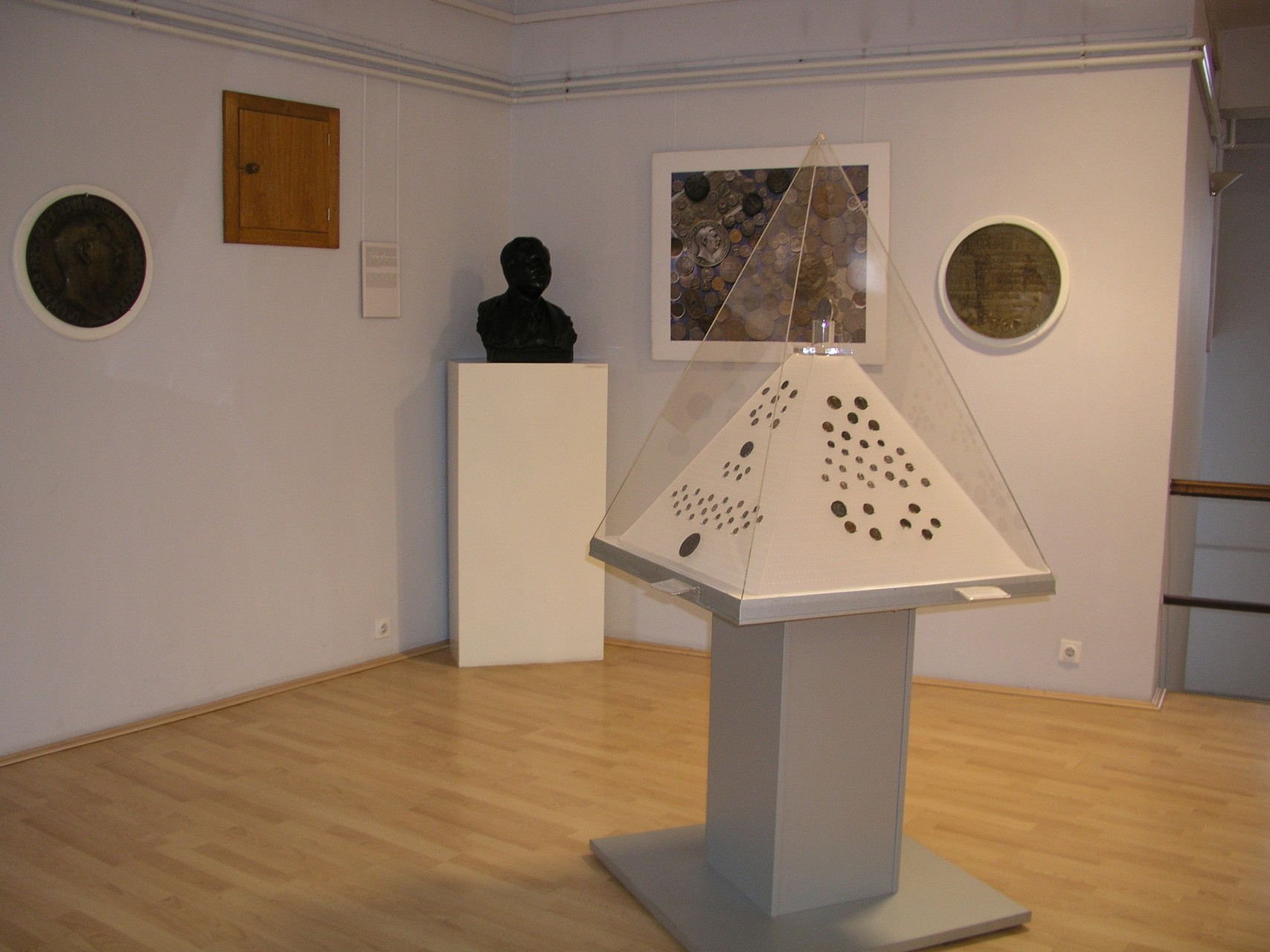 © G.Muzej Sombor
© G.Muzej Sombor
The medieval collection includes objects of material culture from the middle of the fourth to the beginning of the 19th century, which were collected during archaeological excavations carried out in various necropolises and partially researched individual buildings of medieval settlements Medieval rings are the most common jewellery in the archeological...
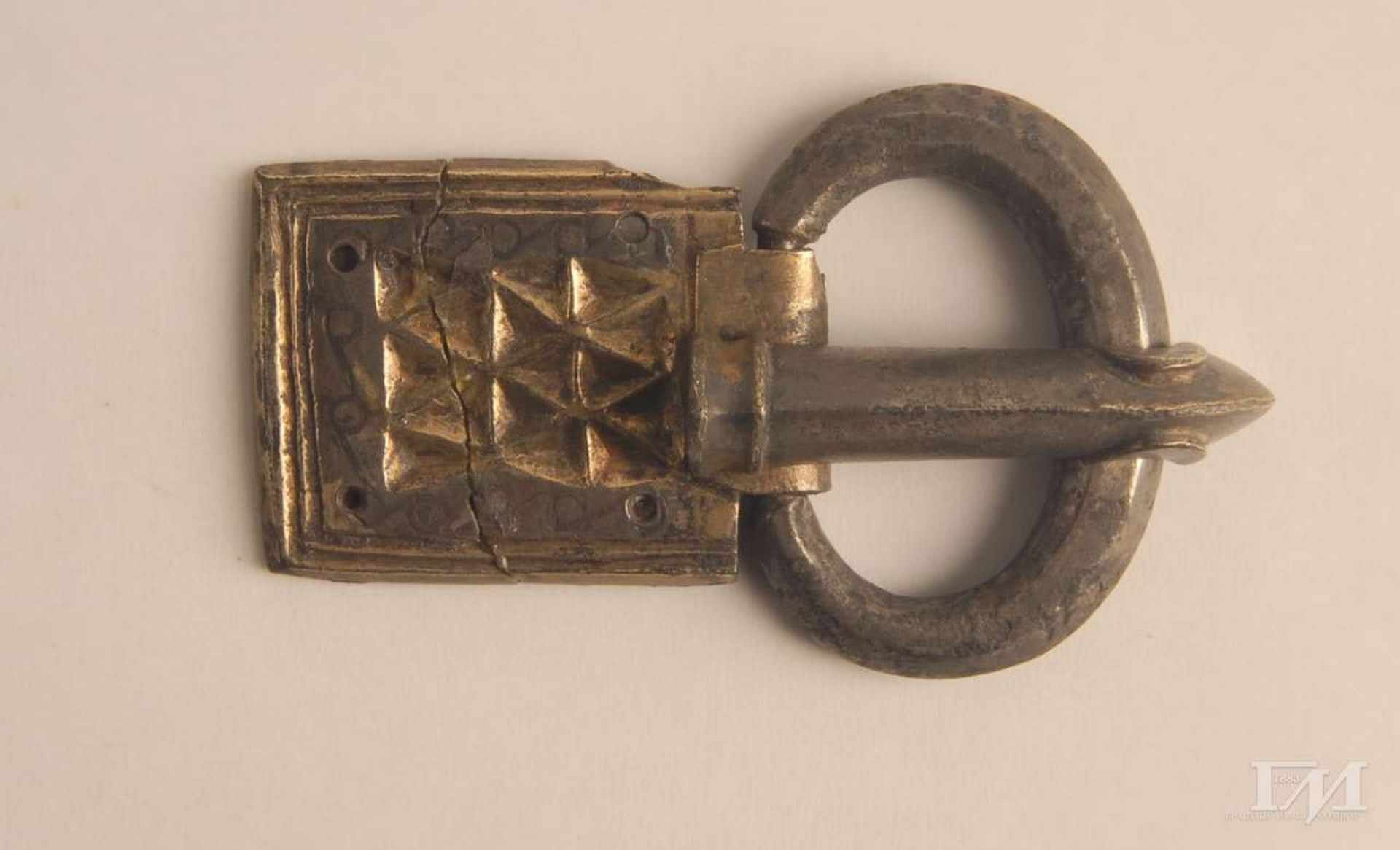 © G.Muzej Sombor
© G.Muzej Sombor
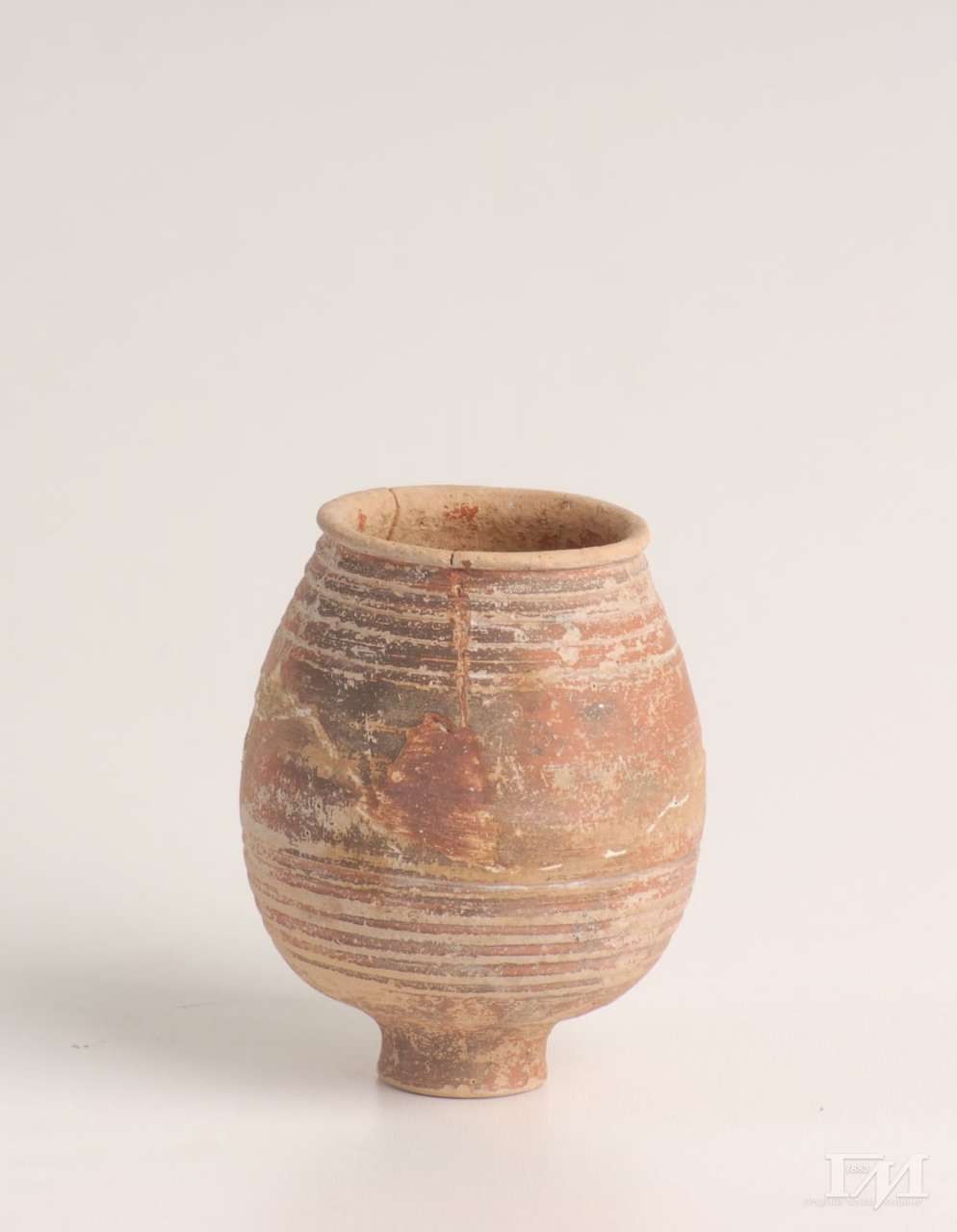 © G.Muzej Sombor
© G.Muzej Sombor
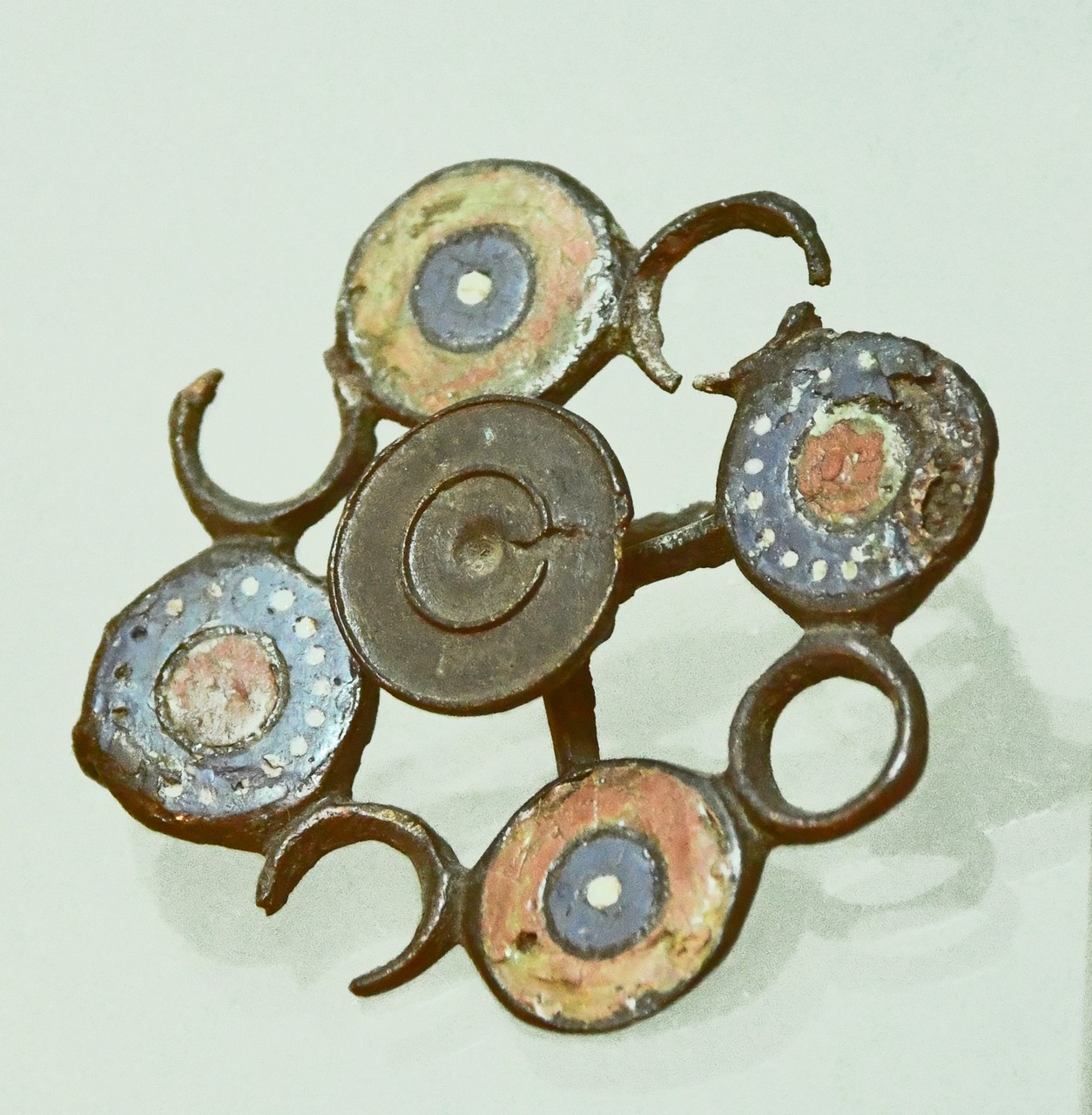 © G.Muzej Sombor
© G.Muzej Sombor
An exceptional example of Romanesque sacral architecture of the 11th and 12th centuries is the preserved stone sculpture discovered thanks to the erosion of the Danube island near Bački Monoštor, the site of Staro Selo, where the remains of a single-nave church that is 28 m long and 9 m...
 © G.Muzej Sombor
© G.Muzej Sombor
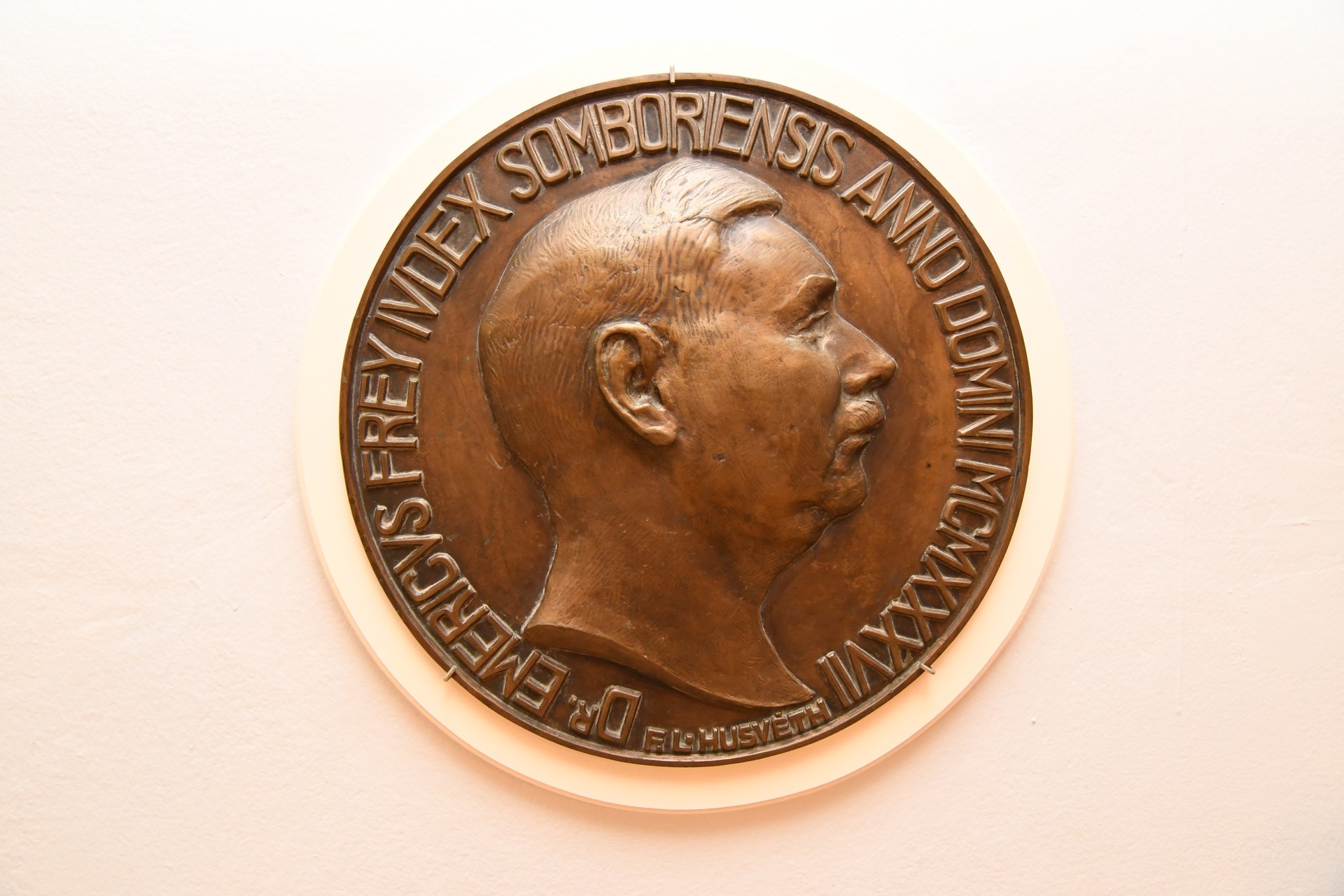 © G.Muzej Sombor
© G.Muzej Sombor
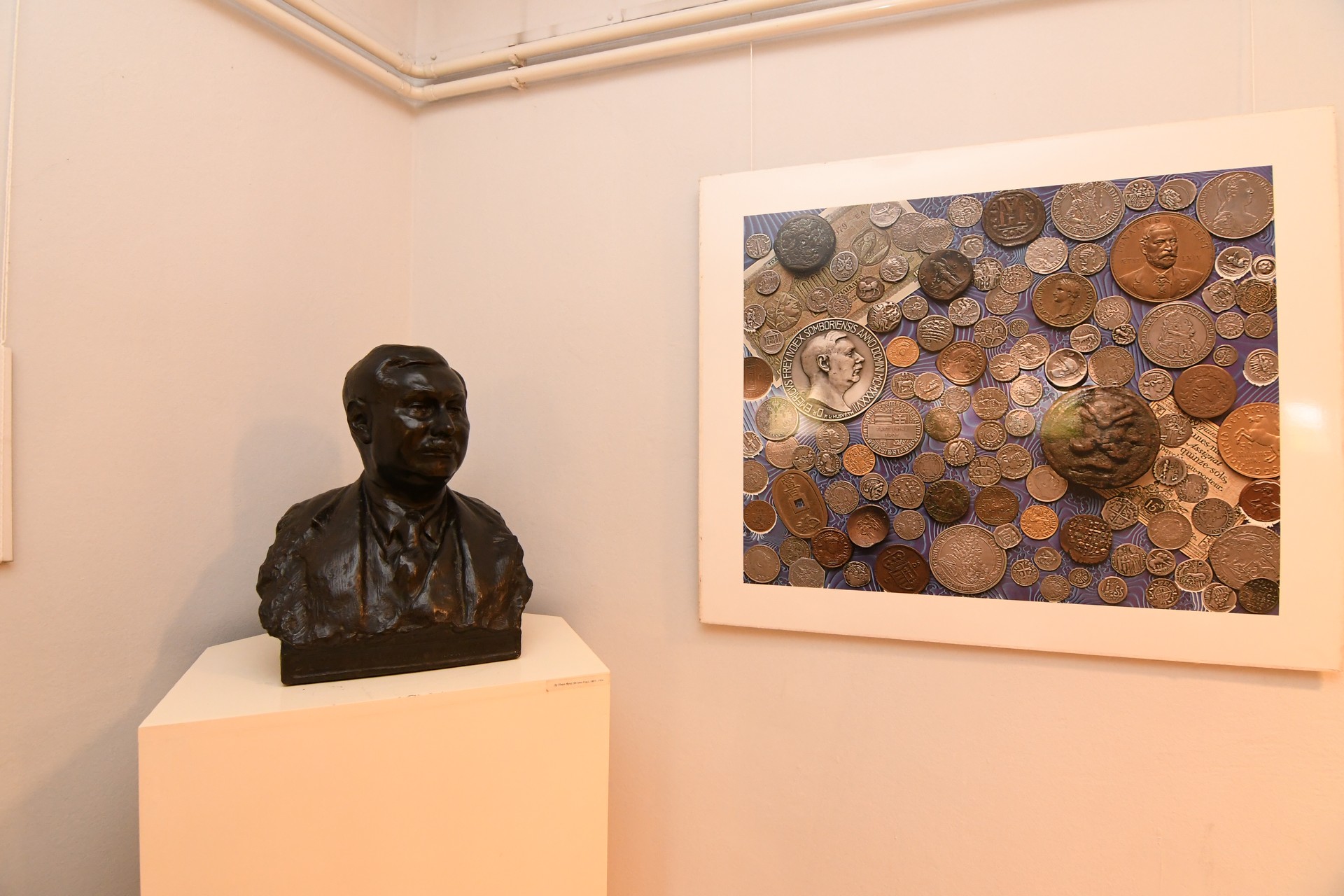 © G.Muzej Sombor
© G.Muzej Sombor
Imre Fray, who lived from 1885 to 1954, was a judge from Sombor and an ardent collector. As a high school student, he already owned a significant numismatic collection and some archeological objects… In 1952, Imre Fray donated his entire collection of old money, which included about 12,000 pieces, to...
Supported by The Ministry of Culture and Information of Rep. of Serbia in 2021.